Adrien Missika. A Walk In The Park
Jardin d’Hiver, 2013
plants, bamboo, concrete, rope, glass, metal, synthetic resin
installation view at Kunsthaus Glarus, Switzerland, February 2013
image © wfw
Jardin d’Hiver, 2013 (detail)
plants, bamboo, concrete, rope, glass, metal, synthetic resin
image © wfw
–
Jardin d’Hiver, 2013 (detail)
plants, bamboo, concrete, rope, glass, metal, synthetic resin
image © wfw –
–
Jardin d’Hiver, 2013 (detail)
plants, bamboo, concrete, rope, glass, metal, synthetic resin
image © wfw
–
Jardin d’Hiver, 2013 (detail)
plants, bamboo, concrete, rope, glass, metal, synthetic resin
image © wfw
–
Brazilian Gardens, 2013
photography, dia-show, glass, metall
Golden Horizon, 2013
glass, metall
installation view at Kunsthaus Glarus, Switzerland, February 2013
image © wfw
–
Tropical Darkness, 2013 courtesy ADRIEN MISSIKA –
–
In his first institutional solo exhibition – entitled A Walk In The Park – in the german part of Switzerland, ADRIEN MISSIKA orchestrated a landscape of plants, mirrored panels, projections, prints and architectures, arranged according to his very personal rules by which imagination and research, fact and fiction, reflected on each other and brought about a certain ambiguity, fascinating viewers and challenging them to question their own view of the world. Many references leapt out in this group of works – from Brazilian landscape architect and artist ROBERTO BURLE MARX* (1909-1994) to modernist architecture with its glass and steel constructions – but MISSIKA’s precision and reflection made things breathe in a way that was clearly his own.
My work is image-centered. It evolves as a permanent investigation through representation of the border between fiction and reality. I investigate the very classical field of landscape representation as compared to how humans shape landscape: through architecture. In between, you have archeology and geology. These are my interests in terms of content; I then apply these interests to a sort of image historiography. I build links and set up formal experiments. I focus in particular on collective memory (media history, societal values, etc.) and its influence on personal feelings or recognition processes (déjà vu). – ADRIEN MISSIKA for Kaleidoscope
The installation Brazilian Gardens (2013) offered a series of photographs of plants and gardens. They are shown on a display system of sculptural elements in the form of metal panels. MISSIKA has adapted this form of presentation from a system used in the botanical department of the Indian Museum in Calcutta.
Upstairs, in the skylight room of the Kunsthaus, Jardin d’Hiver (2013) comprised three bamboo towers supporting flower containers made of synthetic resin, six mirrored window panes, five flower beds and seven species of plants. For this installation, ADRIEN MISSIKA has transported BURLE MARX*’s codes of garden design into the museum space. For the construction of the bamboo towers, he is using the Asian knot technique of scaffolding, expanding the architectural space into a vertical dimension. This formal element is often used in compacted city planning as well as utopian concepts of vertical gardens and green cities. Further reminiscences to architecture are made with discarded, mirrored window panes from a modernist building, forming the horizon of the exhibition space.
The process is different for almost every one of my projects. I build up rules for a work and apply them programmatically. On principle, I do not reveal the secrets of all steps in my process. I think my work should be autonomous at a certain level. It should speak for itself. I like the fact that it has several levels of reading and multiple points of entry. As a spectator, when I visit a show by an artist I really don᾽t know, I like the freshness of discovering this work with no established universe. Then I like to read what is proposed and confront my initial feelings and ideas. In the same way, I only reveal my process as a second layer, in a different temporality than that original observation. – ADRIEN MISSIKA for Kaleidoscope
ADRIEN MISSIKA successfully conferred sculptural qualities – a sense of physical density and formal panache – to each of the elements in this exhibition. Using photography and installation, he collected the elements of a landscape and confronted the visitor with a weird version of our own -artificial – sceneries.
What the artist invites us to look at is perhaps how the world as it is presented to us related to the world that our consciouness reconstructs. In this relationship, there is a form of infinite explorations of ‘the landscape as a states of mind**‘. – DENIS PERNET
➝ A Walk In The Park is currently on view at Kunsthaus Glarus and is running through May 5, 2013 –
–
*Apart from numerous designs for public and private gardens and squares, such as the promenade in Copacabana or several public gardens in Brasilia and Sao Paulo BURLE MARX also designed six patios for the UNESCO building and sketched the terraces of the Centre Pompidou in Paris (not realized). He is seen as the founder of modern garden architecture, and worked often with the architects LUCIO COSTA, LE CORBUSIER and OSCAR NIEMEYER. His gardens are characterised by curved organic forms, creating the overall impression of an abstract painting. In Brazil, BURLE MARX used native plants. A total of 33 species were named after him. He cultivated the tropical plants that he collected on his expeditions and then used them for his gardens. The use of native plants was an innovation in Brazil at the time – until then Brazilian gardens had followed the European model, and European plants were used, gestures of cultural colonialism, but also exotic symbols in the tropical context.
**‘every landscape is a state of mind’- HENRI FREDERIC AMIEL, Fragments d’un journal intime (Paris: 1884)
–
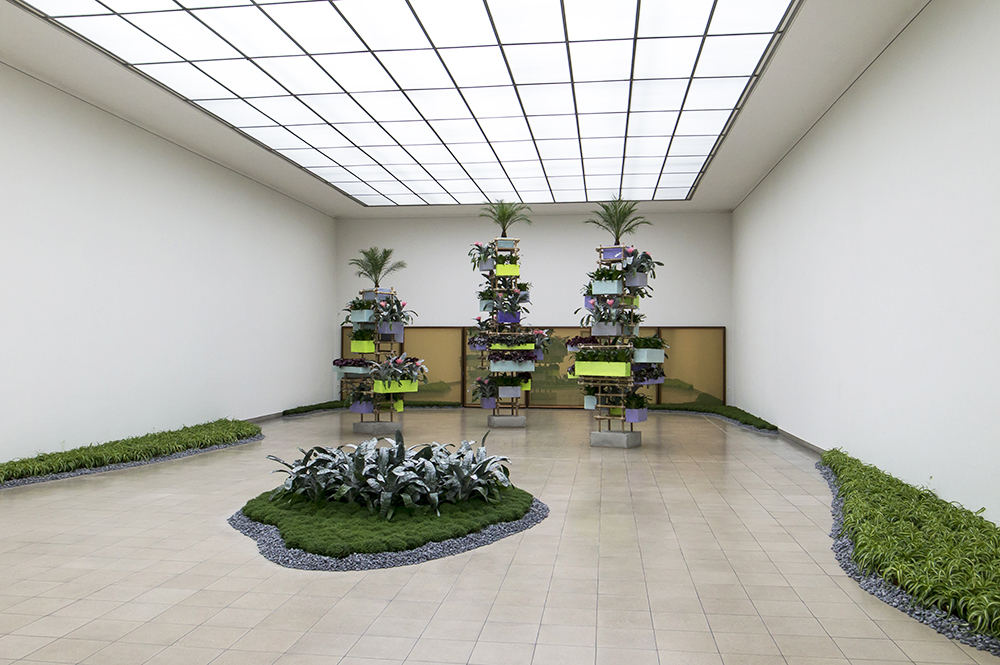
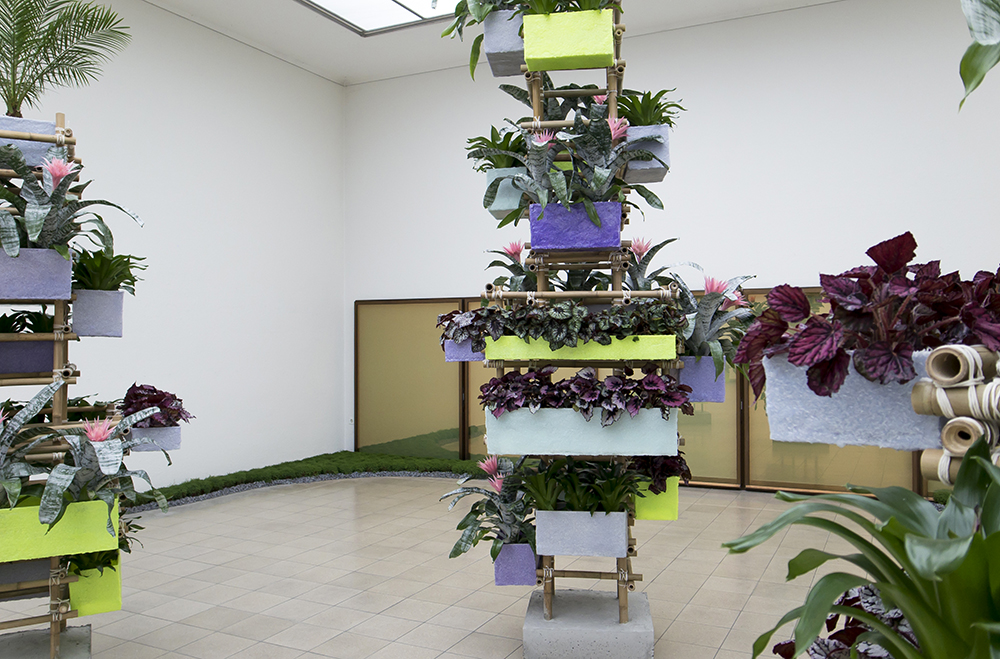

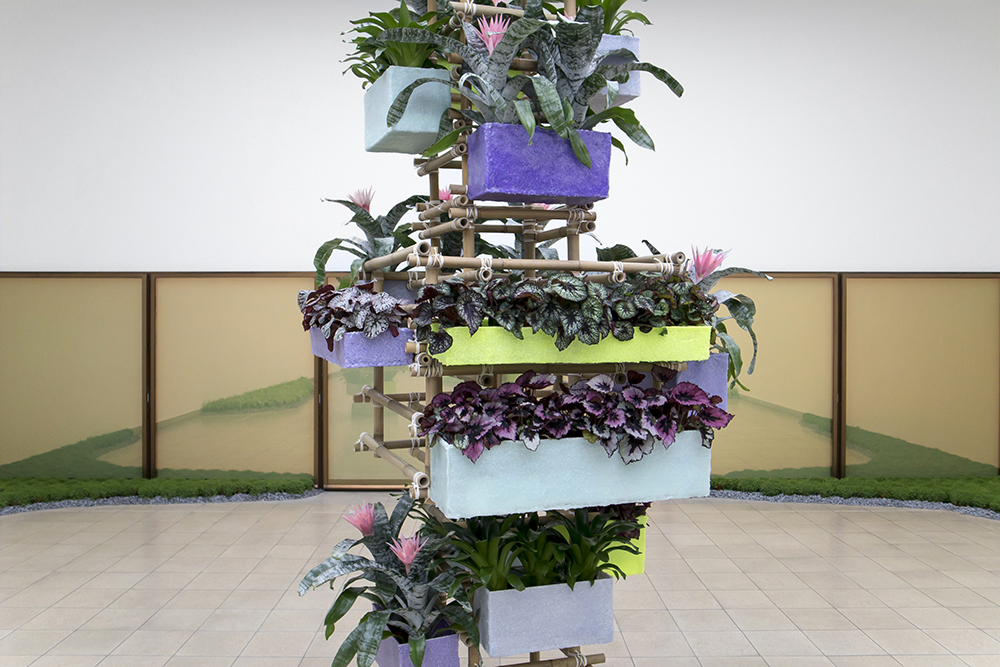
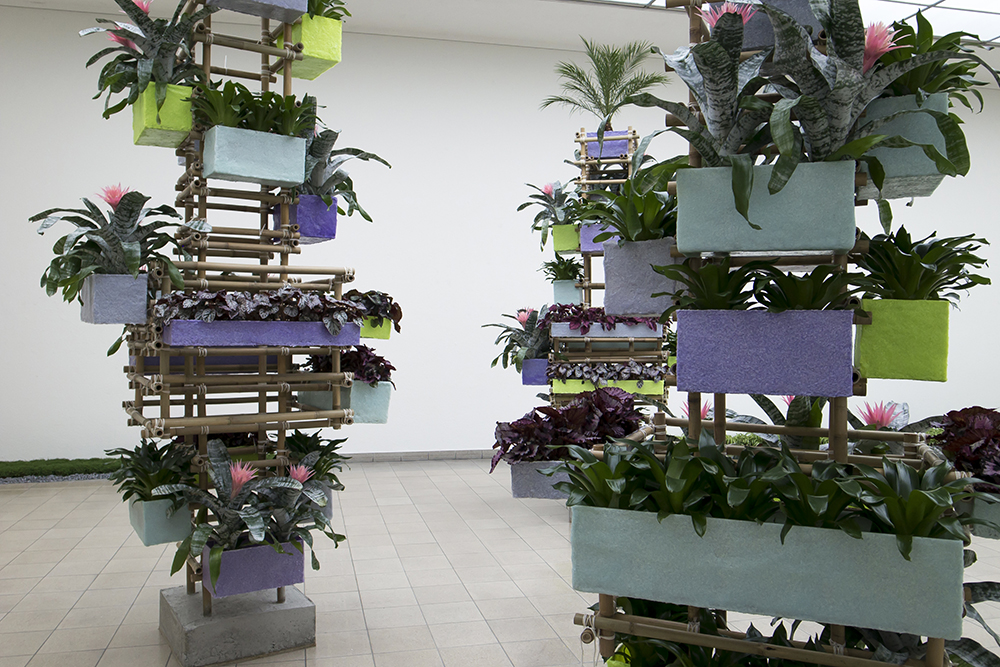
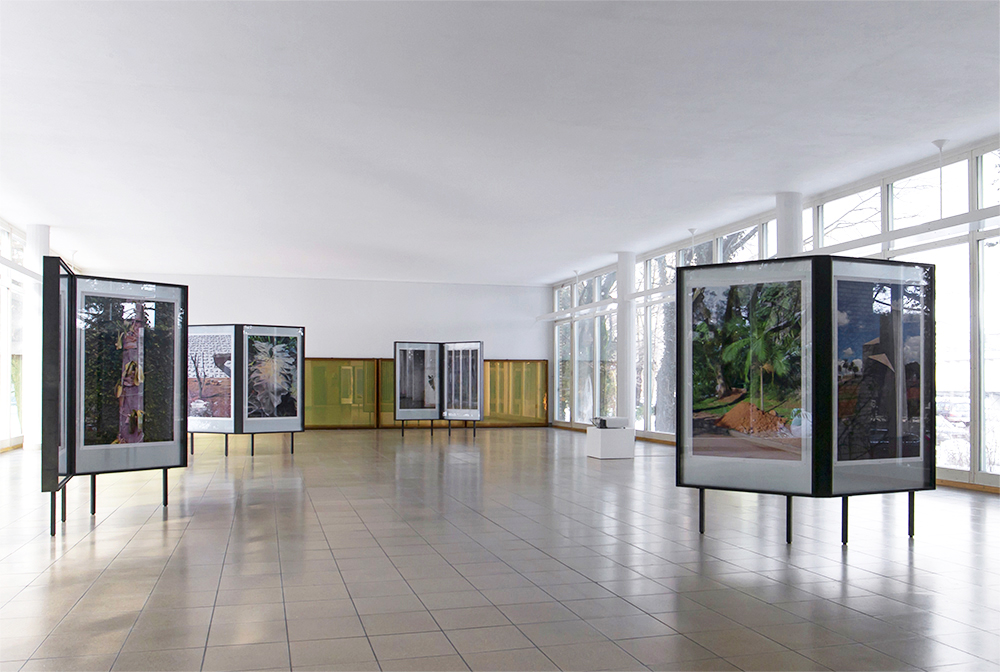
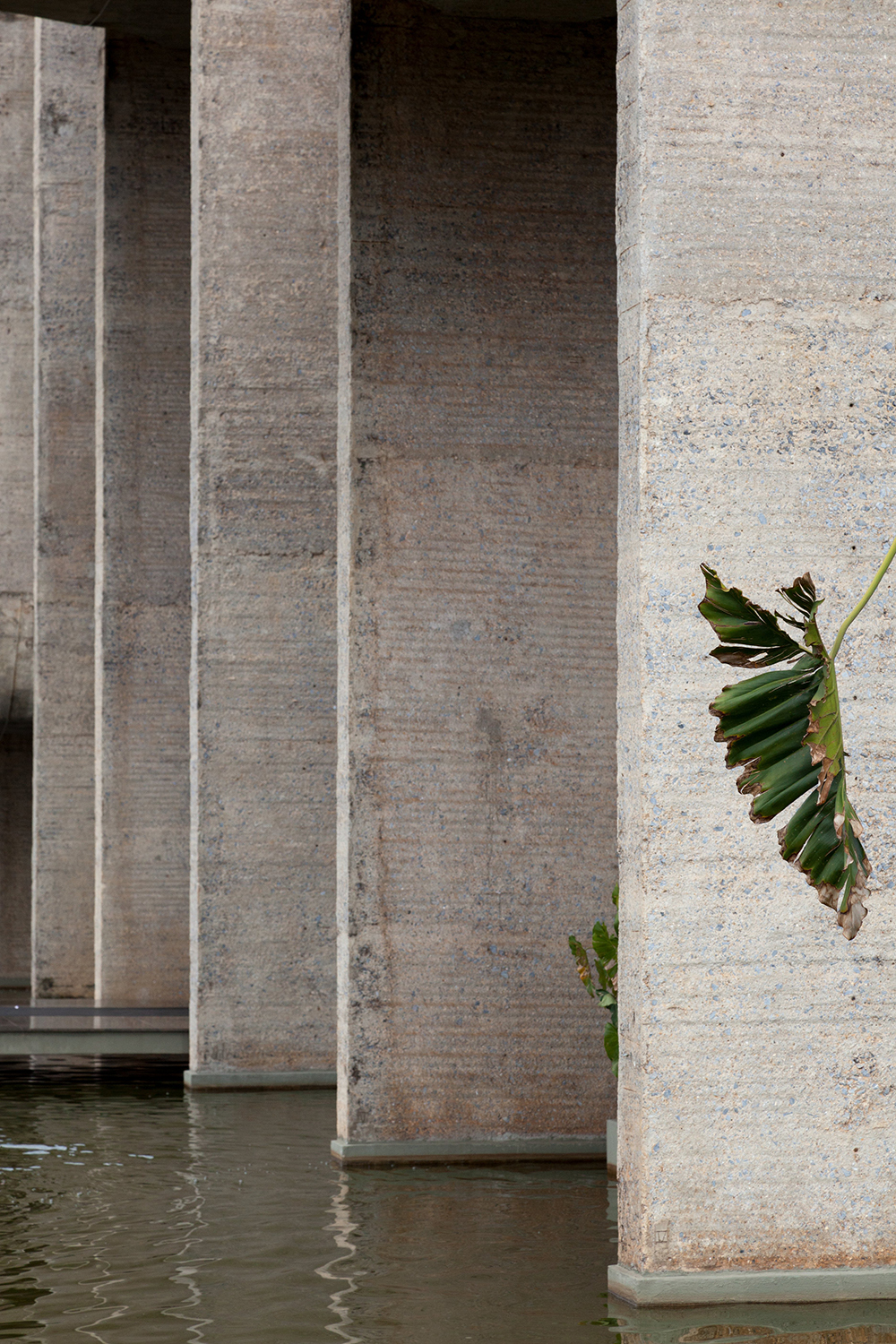
comments are closed !